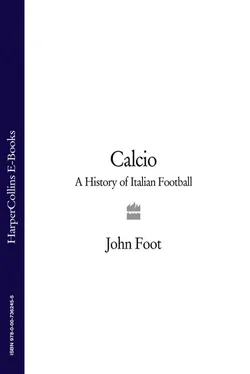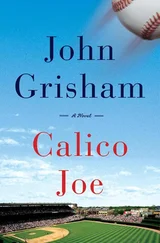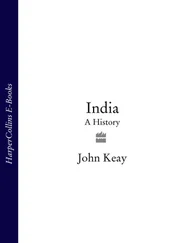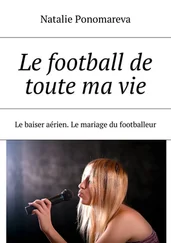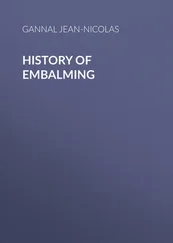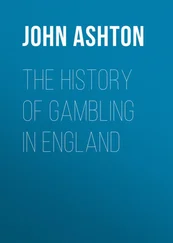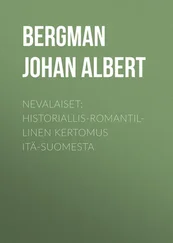Cameroon were the choice for the Italians and they duly won, 1–0. Maradona was to get his revenge in spectacular fashion in his adopted Naples, three weeks later, as his penalty knocked the hosts out of the tournament. Milan and Roma also had a long-running rivalry going. At an Italian cup semi-final, attended by 80,000 passionate fans in the San Siro, the tension was palpable. When Milan missed a last-minute penalty and lost, fights broke out. I left the stadium and walked towards the station. Suddenly, a stone flew past my head. I looked up; in front of me stood a line of riot police, complete with helmets, batons and, in some cases, guns. Behind me, I noticed a number of youths (Milan fans, not happy with the result) with handkerchiefs covering their faces. They were hurling rocks and sticks. What to do? Go back towards the fans, or forwards towards the police line? I decided on the latter option. For a second, the line parted to let me through, and then closed again. This whole semi-riot, which lasted some hours, was barely reported in the Italian press.
Media coverage of football was total, and impossible to ignore. Goals were analysed way into the night, from every possible angle, but so were offside decisions, and even lip-read words. This was normal. Referees were lambasted for errors of judgement, and routinely accused of corruption and favouritism. Players were lambasted for one bad performance, managers sacked after a couple of bad results, teams said to be ‘in crisis, officially’ after a couple of draws. Whole programmes consisted entirely of men shouting at each other about football, for hours. One such programme – Il processo del lunedì (Monday’s Trial) – had been running since 1980. Local TV stations were also dominated by such low-budget programmes, concentrating largely on the Milan teams in my area, whose every game, training session and transfer was picked over in minute detail. I began to have conversations about football, quickly realizing that English football was simply not taken seriously in Italy. For Italians, English teams still played the long ball game, and the back four consisted of lanky defenders who would never get a game in Italy. When people asked me whom I supported and I told them, many replied, irritatingly, ‘Aston Villa?’ When I tried to explain who Arsenal were, I used Brady – but very few had heard of my club.
In addition, since the 1985 Heysel disaster, all English fans had been lumped together under the collective title of ‘hooligans’. This was to prove a reputation that was very difficult to shake off. There were hardly any English players in the Italian league, and even fewer were a success. Milan’s experiences with English players had been a near-complete disaster, with the honourable exceptions of Ray Wilkins and the much-loved Joe Jordan. Luther Blissett’s move to Italy had assumed mythical qualities. Blissett became famous for being bad; symbolizing what was seen as the low technical level in the English game.
Italians invariably assumed that their league was the best in the world. There is no doubt that Serie A was and is the hardest league to play in. The defenders and goalkeepers are simply the best on the planet, and the tactics are a combination of subtlety and brutality. Winning or losing is all-important in Italy, so if an attacker gets past you, he must be brought down. The ‘tactical foul’ is a way of life for Italian defenders – and not to be confused with the ‘useless foul’ from which your team takes no advantage. To be top scorer in Italy was truly a formidable task. To make things even more difficult, own goals were deemed until recently as any goal where a defender has merely touched, or brushed, the ball. Ian Rush, prolific in the English league for more than a decade, managed only seven goals in his single season with Juve. With the advent of the pressing game, there was less and less space for the fantasisti – those with great skill who created goals through genius and poetry. Hence the virtual exile of a whole series of discarded fantasisti , who became heroes abroad – Gianfranco Zola, Benito Carbone, Paolo di Canio. Even the genius of Roberto Baggio struggled to find space with a top club after his departure from Juventus in 1995. He later preferred to weave his magic in the provinces – with Bologna and Brescia. So many skilful players were produced by the Italian system, but very few were given a chance in the big teams. Winning – at all costs – was too important to allow for the luxury of inconsistency, or skill for skill’s sake.
And then there was the pressure – from the media, the president and above all the fans, organized in groups known as ultrà since the 1970s and liable to turn nasty if things started to go wrong on the pitch. Inter sacked four managers in the 1998–9 season alone, largely thanks to ultrà campaigns. In 2001, enraged Inter fans petrol-bombed the team coach – with the players inside. Angry Naples fans stoned their captain’s car as he drove down the motorway in 2003 and in that same season two games in Serie A were called off early due to fan rioting. In 2007 football grounds were closed all over Italy after a policeman was killed as fans rioted during and after a Catania-Palermo derby. Fans frequently go on strike, refusing to support their team or even turn up – they also display slogans attacking specific players, other fans, presidents and managers. Thousands turn up to training sessions, millions tune in to games. This is a country where the most-read daily is still the pink La Gazzetta dello Sport (which is flanked by two other sports dailies dealing largely in football as well as numerous monthlies and specialist publications) and where, until recently, millions of Italians did their version of the pools every week, spending billions of lire and then euros in the process. Calcio is no longer a game. It is sometimes difficult to define it as a sport. It is certainly very big business. A better way to see calcio is as a kind of fanatical civic religion – where loyalty is total and obsession the norm. Fair play seemed to me to be a concept absent from Italian football discourse. Diving was common and not particularly frowned upon – as long as it worked. In fact, commentators often praised the ‘craftiness’ of non-sportsmanship. There was no moral code here. Winners were always ‘right’, losers always wrong.
As the 1990s wore on, I quickly began to realize that football in Italy was not only a massive sporting phenomenon, but also something that reflected on, and affected, political, cultural and social trends. I started to understand that it was almost impossible to comprehend Italy without understanding football, and vice-versa. This conviction crystallized in 1994, when Silvio Berlusconi made a dramatic entrance into political life with an organization – Forza Italia! – whose very name was taken from a football chant, and whose language was dominated by footballing terminology. Berlusconi, in his own words, had ‘taken the field’, he had ‘formed a team’ and he used his footballing success to bolster his political consensus. Football and Italian politics were not only linked, they were symbiotic, and it was unclear where the division between the two lay, if such a division existed at all. This alone would be a good reason to study and recount the history of Italian football. When you add the sheer beauty of the game, the passion and the debate it provokes, every day, amongst millions of people, the temptation to write this history became overwhelming. In May 2006, Italians were transfixed by what developed into one of the biggest scandals in the history of sport – and became known as calciopoli or occasionally Moggiopoli after its main protagonist, football fixer Luciano Moggi. Weeks later, their national team won its fourth World Cup. No writer could have dared to hope for such an extraordinary combination of success and squalor, skill and sleaze.
Читать дальше
